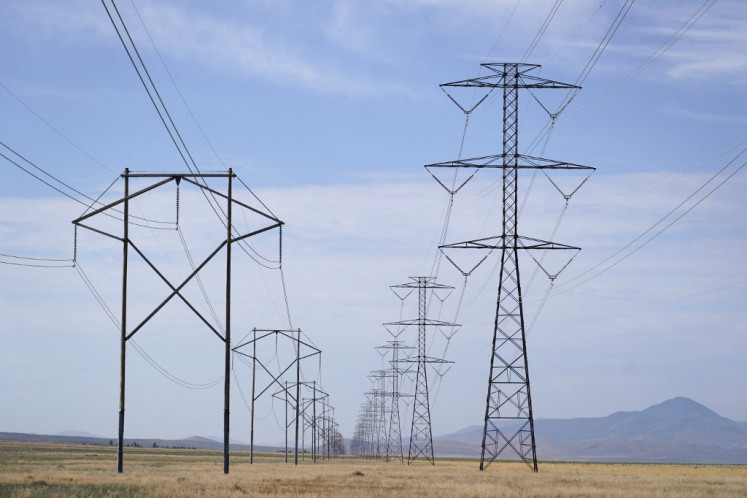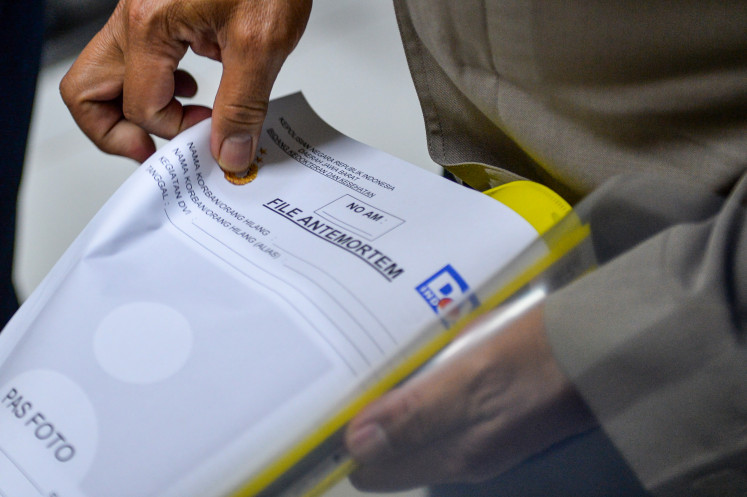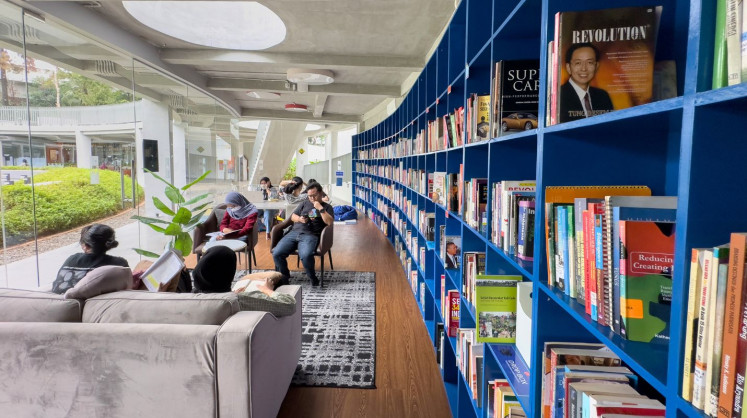Tanah Merah, home of NTT’s red brick production
Work ethic: John Laik, a resident of Tanah Merah, Kupang, East Nusa Tenggara, makes about 500 bricks every day to earn a living
Change text size
Gift Premium Articles
to Anyone

W
span class="caption">Work ethic: John Laik, a resident of Tanah Merah, Kupang, East Nusa Tenggara, makes about 500 bricks every day to earn a living.(JP/Djemi Amnifu)
Tanah Merah (red clay) village in Kupang, East Nusa Tenggara (NTT), continues to live up to its name by retaining the tradition of producing red bricks to support the local economy.
Village head Yefta Layk said red brick production had been part of local lives for decades. “It started in the 1960s and has continued until now,” Yefta told The Jakarta Post on Tuesday.
About 400 of the 1,600 families, roughly a quarter of the population, in the village rely on the red brick industry for their livelihoods. The village has an abundance of red clay, the main material for producing red bricks.
“This village is named Tanah Merah because the soil here is indeed red,” said Yefta, adding that the village is the only one in the surrounding area to have red clay.
Yefta said that a brick producer could earn between Rp 4 million (US$299) and Rp 5 million a month from his business.
The earnings could increase to Rp 6 million to Rp 7 million a month during holiday seasons. He said that in a month the village could produce some 100,000 bricks, excluding those directly sold to buyers at the production sites.
John Laik, 38, a brick maker, said he began making bricks when he was still a first grader in elementary school. He would work after school to help his parents and also to make additional pocket money.
“My parents were also brick makers. Everyone here can make bricks because it’s an obligation,” John said.
He said he could produce up to 500 bricks on a normal day and up to 700 a day when the temperature was hot.
He said he earned Rp 300 for each brick he produced.
He claimed that by making bricks he could support his family’s daily needs and send his two children to senior high school.
Another brick artisan, Efrosina Tasoin, who has been producing bricks for eight years, told a similar story. She said, thanks to the business, she could support her family and send her five children to elementary school.
She said together with her husband she could produce up to 1,000 bricks a day. Yet, during the rainy season they had to halt production, which is why they had to work hard during the dry season.
“We only earn Rp 300 per brick. That’s why we have to produce 500-600 bricks a day because we get the payment directly,” she said.
She added that so far no competition was felt among the hundreds of brick artisans in the village, because the bricks produced in Tanah Merah were very well known so demand for the commodity was always high.
“Buyers prefer to buy red bricks compared to batako [white bricks] because they have better adhesive properties,” she said.









